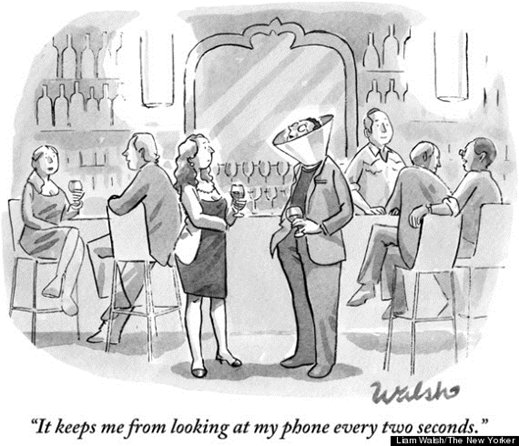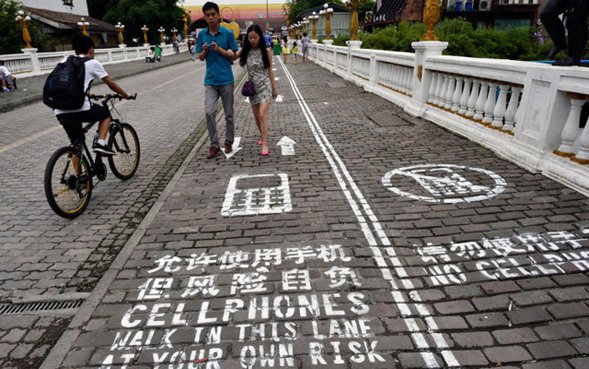Are You Suffering from Digital Burnout?
by Craig Spalding
Without doubt, technology has transformed the way we work – and in some instances, the way in which we think about work. We can access work from anywhere, at anytime, eliminating the need to be deskbound. Employees attend virtual meetings with colleagues on different continents and time zones. Technologists trumpet our increasing productivity and efficiency, thanks to all the impressive new tools at our fingertips. Yet there is a dark side to all this technological development, such as digital fatigue and even digital burnout.
Founder of consultancy Flux Trends Dion Chang has warned business leaders of the need to strike a new balance between our frenzied ways of working and the ability to step back from the devices we have become so reliant on. He labels this trend ‘digital burnout’ and points to symptoms such as low productivity, an inability to cope with routine, tiredness and an inability to control emotions. Unlike traditional burnout, digital burnout cannot be solved by a sunny vacation. In his view, it demands a fresh and somewhat creative approach to digital devices and their place/role in our lives.
Critically, employers need to become aware of digital burnout and implement wellness measures to stem increasingly rampant absenteeism and illness.
Interestingly, certain countries are viewing digital addiction as an actual disease. Psychiatrists in Singapore, for example, are pushing for its formal recognition as a mental illness. In China, there are hundreds of digital addiction centres (and special lanes on pavements for mobile phone users who are unable to pay attention to where they are walking).
Parallel Universes
Chang cautions that today, we live in two parallel universes: a physical realm, and a virtual world where we spend most of our time. Indeed, research is revealing that the average person spends more time on their devices than they do sleeping – approximately 8 hours and 41 minutes a day. The average user checks their mobile device 150 times a day and launches at least 10 apps a day.
Moreover, we flit between the real and virtual with few boundaries between the two worlds. Sadly, as a result of this always-on/always-connected way of being, we no longer have time to reflect or daydream – and even to think original thoughts!
Less Productive …
We’ve also become less productive – and are increasingly incapable of focusing on one task at a time. Chang often refers to a study by Stanford University, which showed that multi-tasking leads to less productivity, not more. It asserts that our brains can hold only 5 – 9 items in short-term memory. If we try to hold more, the information is not stored in long-term memory and we’re unable to recall it. Based on this insight, researchers advise that we should not try to handle more than two things at a time…
Inability to be Present
At Tuesday, when meeting with executives, we can clearly see that they are increasingly preoccupied, anxious, and trying to handle too much at once. They make time for meetings, but they are unable to be fully present. This trend is undoubtedly aggravated by the reality of digital burnout among today’s professionals.
It’s not all doom and gloom. Several corporates are taking the matter in hand, with some clever initiatives:
- Volkswagen and BMW don’t allow employees to access their e-mail accounts outside work hours
- Chrysler allows employees to delete all e-mails received while they are on leave
- The Unlimited Group has ‘e-mail free Wednesday’ to encourage face-to-face collaboration and conversation among staff members.
Is Mindfulness the Antidote to Digital Burnout?
While mindfulness has become a corporate buzzword, it offers up a much-needed daily antidote to digital fatigue.
According to Annie McKee and Dick Massimilian*, “Mindfulness is the capacity to live in full awareness of what we ourselves experience, of other people, and of the world in which we live. It means being aware of and attending to ourselves, the people in our lives and our environment.” From a work perspective, it means noticing what is happening from moment to moment and being fully present when we are engaged in work or conversation. It also means focusing on one task at a time and resisting the urge to use our digital devices as a distraction from important or challenging tasks.
Here are some handy tips to keep in mind:
- Next time you are in a meeting try not to look at the time or your phone, even once.
- Stop using your digital devices at least one hour before bed. Research shows that over-exposure to laptops and TVs before bed actually stimulates the brain. It therefore takes a while for the brain to wind down after using a digital device.**
- Take frequent walks, with your kids or pets or even alone (and leave your devices behind!).
Ironically, there are also apps for digital burnout: Moment for iPhone users and Break Free for Android, both of which allow users to set usage thresholds and blocks access when limits are reached. If the app does not work, perhaps consider investing in one of these:


